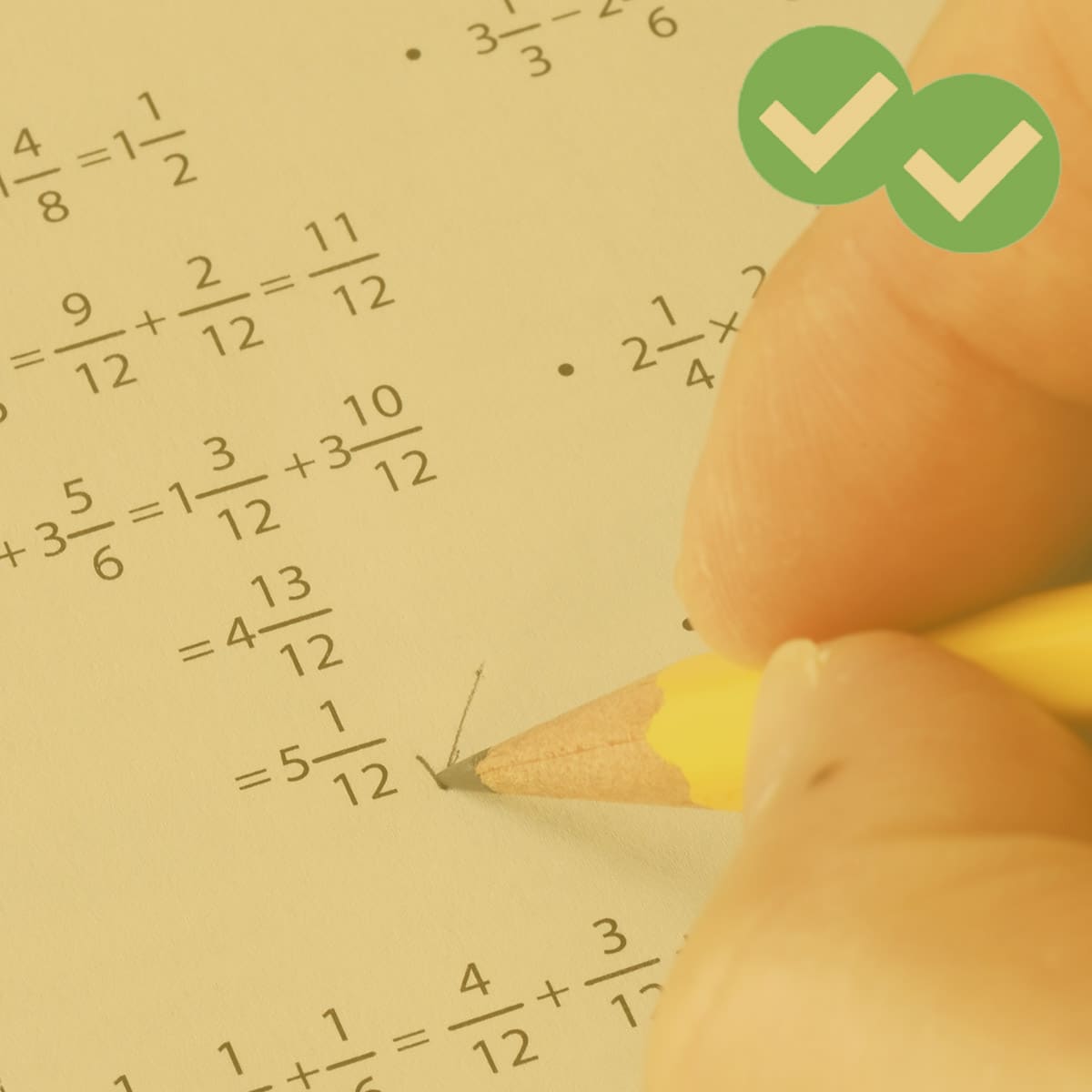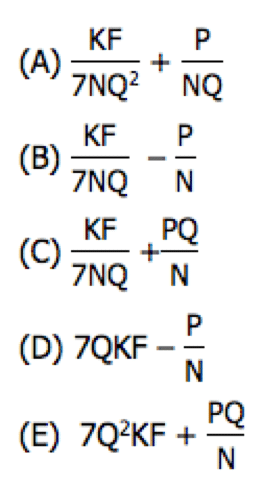Success comes through preparation. I can see that you want to succeed. You ended up here, looking for more information about a specific type of question in the reading comprehension section of the GMAT. The Detail Question is one of the most common questions that you will see in reading comprehension, making it an important question to know and master.
It’s not all that hard to answer these questions since it’s basically an open book test. You are asked about something in the passage, and you have to locate that something in the passage. Sounds easy, but GMAC complicates things with trap answers and obfuscation. But with the information below, you’ll find it much easier to deal with these questions and answer them correctly.
Small note: The Official Guide to the GMAT refers to these questions as “Supporting Ideas.” For us, though, we’ll consider them Detail Questions.
How to Identify Detail Questions
Detail Questions are readily identifiable if you know what to look for. “According to the passage,” is the greatest tell that you are dealing with a Detail Question. Other phrasing includes:
- “The author cites…”
- “The author indicates explicitly,…”
- “Which of the following statements about…is supported by information in the passage?”
- “Which of the following…would the author of the passage most likely to agree?”
The core concept behind these question stems, and this question type, is that you are looking for something written in the passage.
Strategy for Detail Questions
Our strategy for these question types is not too different than our general strategy for reading comprehension.
1. Attack the Passage
Passive reading is for Sunday morning, after breakfast, coffee at your side. Active reading is for the GMAT. When you read on the GMAT imagine that you are a camel, parched from weeks in the desert. You’ve carried slabs of salt across sand dunes until finally coming to a well. You drink deeply to replenish what was lost. You should read the same. Drink in the passage to find the main idea, determine the main flow and structure of a passage, and understand the author’s tone and purpose. Stay out of the details; save them for later. Take notes to activate your mind and track this information.
2. Rephrase Question
After attacking the passage, time to engulf the question. Read the question and put it in your own words. This will force you to synthesize the prompt and understand what it is asking. Look for hints and clues too. Line numbers, paragraph references, concepts from specific parts of the passage, and any words like “except” or “not”—these clues must be noted to answer the question correctly. And of course, decide what type of question you are dealing with.
3. Research in the Passage
Once you know that you have a Detail Question to answer, you need to return to the passage to find an answer. You might remember the answer from your reading, but you’ll likely need to return to the passage to refresh your memory and confirm your prediction. Use clues in the question to guide your research—for Detail Questions the answer is written in the passage, you just need to find it.
4. Anticipate an Answer
After and during your research, you should predict an answer. Use what the passage gives you to inform your prediction. You need to think about different phrasing for the sentence you find that answers the question. The correct answer will not be an exact copy of what you find in the passage. It will be a paraphrase and full of synonyms. Predicting prepares you for the right answer.
5. Eliminate Wrong Answers
Go through the answer choices more than once. The first time, look out for the common wrong answer types. Narrow down your possibilities. As you go through each answer, make a mental note of answers that match what you anticipated. Then on your second pass, you should have two answer choices left (or one). Pay close attention to what the passage says, not what is implied to make your decision. Each word matters.
Common Wrong Answers in Detail Questions
An Inference
This is the unique trap that GMAC uses for Detail Questions. The other common wrong answers appear in all the other question types.
Since this question type requires us to actually find an answer in the passage, there will be one answer choice that appears like it could be in the passage, but is not actually directly stated anywhere in the passage. The correct answer will always be explicitly mentioned in the passage, so toss out any answer which is not directly written in ink (or light since it’s a computer).
Distorting the Passage
Distorting the passage in Detail Questions usually involves stating something from the passage, but tweaking it in some way. GMAC likes to take an idea from the passage and reverse it, making it imply the opposite of what the passage actually is saying.
Also, this can take the form of distorting the tone and purpose of the passage. If the author was describing a phenomenon or informing the reader about a concept or theory, the answer choice will make it seem like the author was arguing a point or supporting one side over another.
Extreme Language
“Always,” “any,” “all,” “never,” “none,”—these should be warning signs for a wrong answer. The passages in the GMAT are balanced and thoughtful. Even when the passage is arguing for some idea, the author will include concession points and balanced analysis of their position. So any answer choice that makes a bold claim, a broad generalization, or a simplified statement about a detail in the passage will most likely be wrong.
Unsupported or New
Always be on the look out for new information in an answer choice. Whether it is something related but unsupported by the passage or related but not in the passage at all, these trap answers can be quite tempting. Sometimes GMAC includes an idea that might fit in with the general discussion, but is ultimately outside the scope of the passage. Sometimes they like to talk about actual numbers and values when the passage only mentions percentages. Don’t fall for this trap. Make sure that everything in the answer is actually in the passage.
Takeaway
You should now have a better sense of this question type. Return to this article often so that you internalize the information. By test day, all of this should be second nature. Happy studying! 🙂





